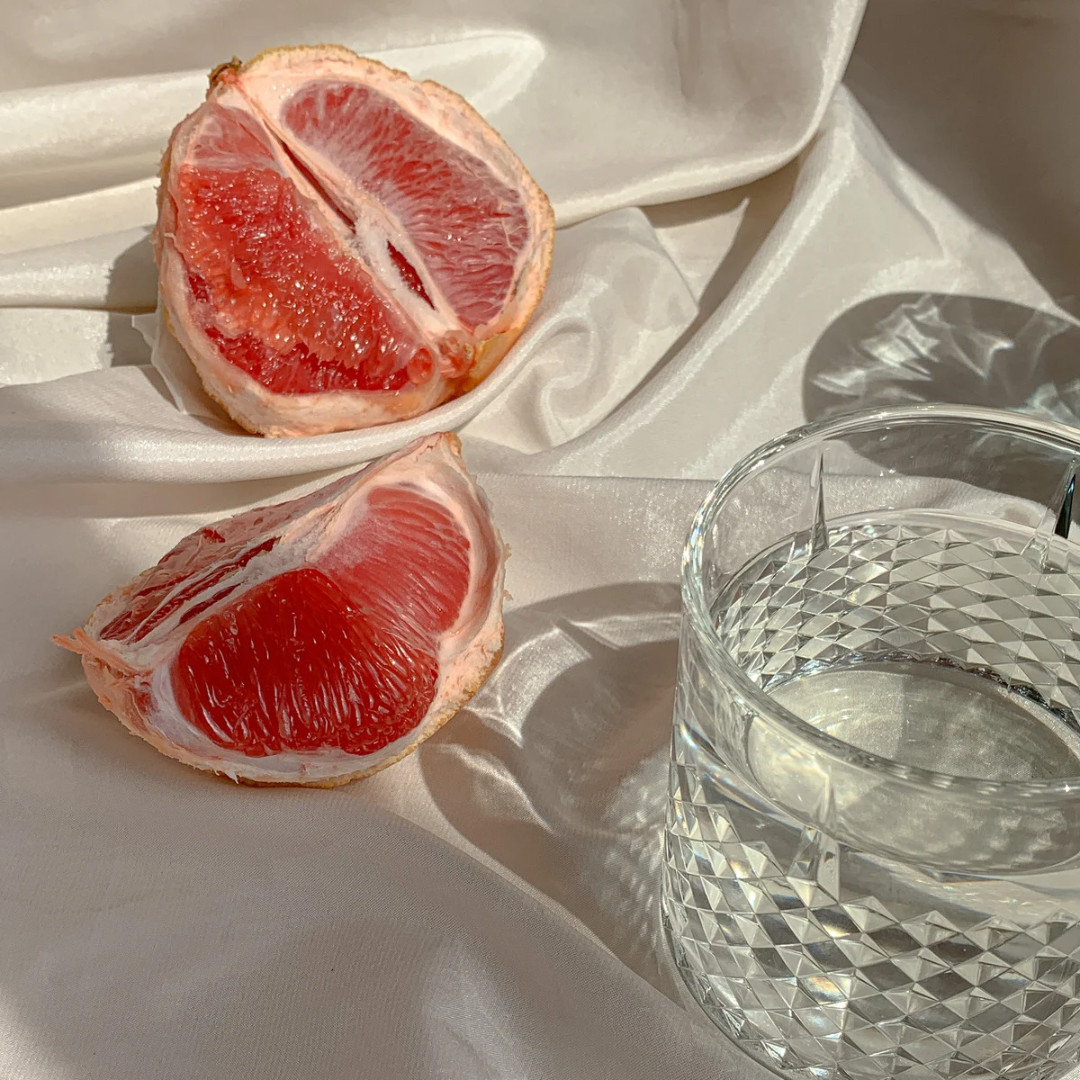
Healing From Psoriasis: My Journey With the Autoimmune Protocol (AIP) Diet
Share

In 2013, I was diagnosed with psoriasis, an autoimmune condition that causes inflammation and rapid skin cell turnover, leading to itchy, scaly patches and discomfort. At first, I didn’t think much of it I figured it was just dry skin or maybe a reaction to something I ate. But as time went on, the flare-ups got worse, and no amount of lotions, steroid creams, or over-the-counter treatments seemed to work.
As someone who has always believed in holistic healing and self-care, I knew I had to dig deeper. That’s when I came across the Autoimmune Protocol (AIP) diet—food-based approach to healing the gut, reducing inflammation, and managing autoimmune diseases. At first, I was skeptical. Could diet really make that much of a difference? But after months of frustration, I decided to take control of my health and give it a try.
Understanding Autoimmune Disease & Psoriasis
Autoimmune diseases occur when the immune system, which is designed to protect us from harmful invaders, mistakenly attacks healthy cells. In the case of psoriasis, the body speeds up skin cell production, causing inflammation and buildup on the skin’s surface. But the real issue starts from within—mainly in the gut.
Many autoimmune conditions, including psoriasis, have been linked to leaky gut syndrome, where the intestinal lining becomes permeable, allowing toxins and undigested food particles to enter the bloodstream. This triggers an immune response, leading to chronic inflammation, skin issues, joint pain, and fatigue.
The more I learned, the more it became clear that what I was eating played a direct role in my symptoms. I was unknowingly consuming foods that were making my psoriasis worse.
The AIP Diet: A Game-Changer for Autoimmune Healing
The Autoimmune Protocol (AIP) diet is an elimination diet designed to remove inflammatory foods and help the body heal. This means cutting out:
❌ Gluten, dairy, grains, and legumes
❌ Refined sugar and processed foods
❌ Nightshade vegetables (tomatoes, peppers, eggplants, potatoes)
❌ Alcohol and caffeine
❌ Seed oils and artificial additives
At first, it felt overwhelming. As a busy mom, student, and entrepreneur, I didn’t have time to make separate meals or obsess over every ingredient. But I reminded myself: this wasn’t about restriction—it was about healing. Instead of focusing on what I couldn’t have, I focused on what I could eat:
✔️ Lean meats and wild-caught fish
✔️ Healthy fats like avocado, olive oil, and coconut
✔️ Non-nightshade vegetables (zucchini, carrots, leafy greens)
✔️ Fermented foods for gut health
✔️Bone broth to repair my gut lining
The Healing Process: Patience, Persistence & Progress
The first few weeks were tough. My cravings were intense, and I even experienced detox symptoms like headaches, fatigue, and mood swings. But after about a month, something shifted—my psoriasis started improving. The flare-ups weren’t t as frequent, and my skin felt calmer. I also noticed:
✨ Less bloating and digestive discomfort
✨ More energy and mental clarity
✨ Better sleep and reduced joint pain
I was finally getting to the root cause instead of just treating the symptoms.
Beyond Food: The Other Side of Healing
I also realized that diet alone wasn’t enough. Healing from an autoimmune condition requires a whole-body approach, including:
✔️ Managing stress - Chronic stress triggers inflammation. I started incorporating breathwork, meditation, and gentle movement into my routine.
✔️ Prioritizing sleep - Lack of rest weakens the immune system. I focused on consistent sleep schedules and nighttime rituals.
✔️ Detoxing my environment - I switched to non-toxic skincare and household products to reduce chemical exposure.
✔️ Self-care & mindset - Learning to be patient and kind to myself made a huge difference in my healing journey.
Final Thoughts: Trust the Process & Listen to Your Body
If you’re struggling with psoriasis, chronic inflammation, or any autoimmune condition, I encourage you to look into the AIP diet and holistic healing approaches. It’s not a quick fix, and it requires commitment and self-discipline, but the long-term benefits are worth it.
Your body wants to heal—you just have to give it the right tools.
If you’re interested in AIP-compliant meal plans, tips, and my personal journey, stay tuned— I’ll be sharing more soon!
Resources:
🔗— The Autoimmune Wellness Podcast -Angie Alt & Mickey Trescott
🔗— The Paleo Mom - AIP Diet Science & Recipes
🔗— Dr. Will Cole - Functional Medicine & Gut Health
Have you tried the AIP diet or struggled with an autoimmune condition? Let’s talk in the comments! I’d love to hear your story.